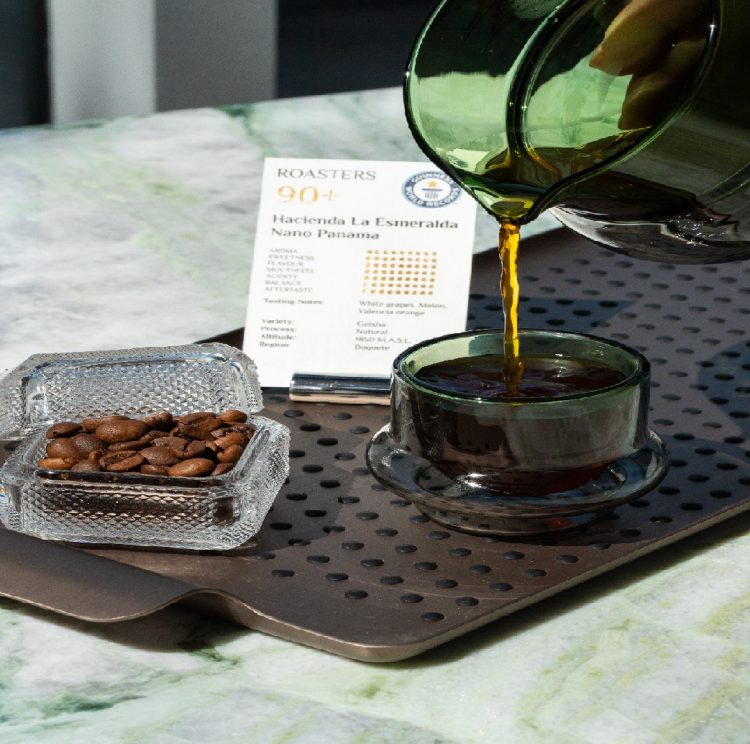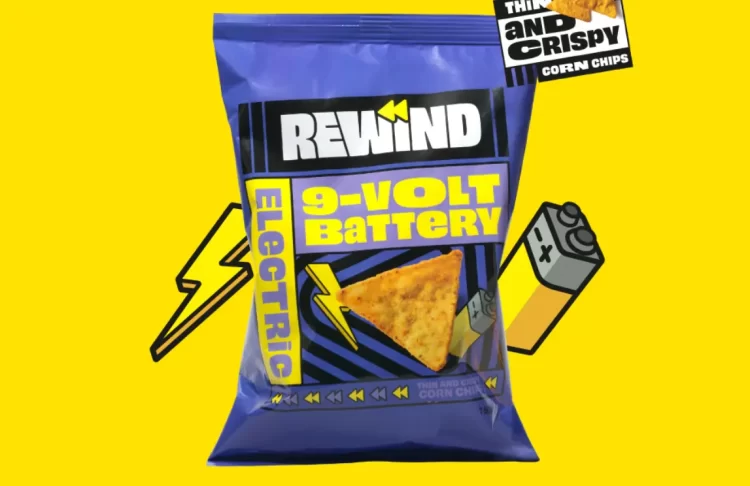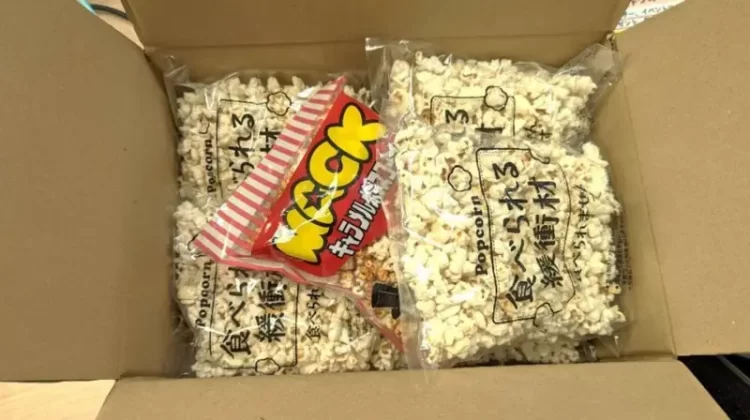A new restaurant in San Francisco is making headlines for entirely doing away with human staff. Instead, customers at ‘Eatsa’ directly send their orders to the kitchen through iPads. When the meal is ready, it will appear through a small glass compartment. Although there are real people working behind the scenes, patrons don’t have to interact with any of them.
It’s a radical alteration from the traditional model of dining out, but Eatsa owners feel that San Franciscans are ready for the change. They did have concierges in red shirts on the opening night late last month, to help customers place their order, but the restaurant is now fully automated, with no sign of staff anywhere – no cashiers, no waiters, no maître d’. Customers jokingly call it the “robot restaurant”.
It might sound rather inhospitable, but the restaurant, located in the Financial District, has is so far proving a success. “We are producing food at an incredible rate,” co-founder Tim Young said. “And we’re creating a new kind of fast food experience. What we’ve designed creates a sense of mystery, creates a sense of intrigue.”
As novel as the concept sounds, it isn’t entirely original. According to TIME Magazine, it’s a sleeker version of 20th century automats – cafeterias where people could select pre-made dishes from windowed compartments. But Eatsa provides an “individualized, cashless, meat-less” experience. “Customers swipe their credit cards at one of nine iPad kiosks to start customising a bowl full of quinoa,” TIME reports. “Patrons can add options like chimichurri sauce, orange miso sauce, grilled corn, pickled onions, roasted beets or parsnip strips, among heaps of other ingredients. It’s still plenty cheap (starting at around $7 a bowl).”
To receive their order, customers shuffle over to a wall with seven windowed apartments – transparent touchscreens that they need to “tap twice” for their food. Behind the wall, there are seven human employees, also directed by software, who prepare the bowls of quinoa in record time.
According to Young, this kind of system allows them to cater to a larger number of customers. “Every person that has a role has an iPad that manages their job,” he explained. “Quite frankly, people can’t manage that kind of queue. They can’t understand that they have this kind of volume, here’s what the timing will look like.” With the help of technology, the waiting time for a meal is slashed considerably.
The experience, according to Sarah Fritsche of SFGate, was “downright fun.” She wrote: “With all the interactive digital bells and whistles, it was almost like playing a video game. Biggest surprise of all – the meal I ordered, the burrito bowl, was actually good. It was also very filling. I had enough leftover to serve as lunch the next day. Not bad for $6.95.”
Young and his partner Scott Drummond hope to open a lot more Eatsa restaurants in the future. For now, the next outlet is all set to open in Los Angeles in about two months. There’s also going to be one at another location in San Francisco some time soon. An app is also in the making, which will take the ordering speed to the next level.
Photos: Eatsa/Facebook














